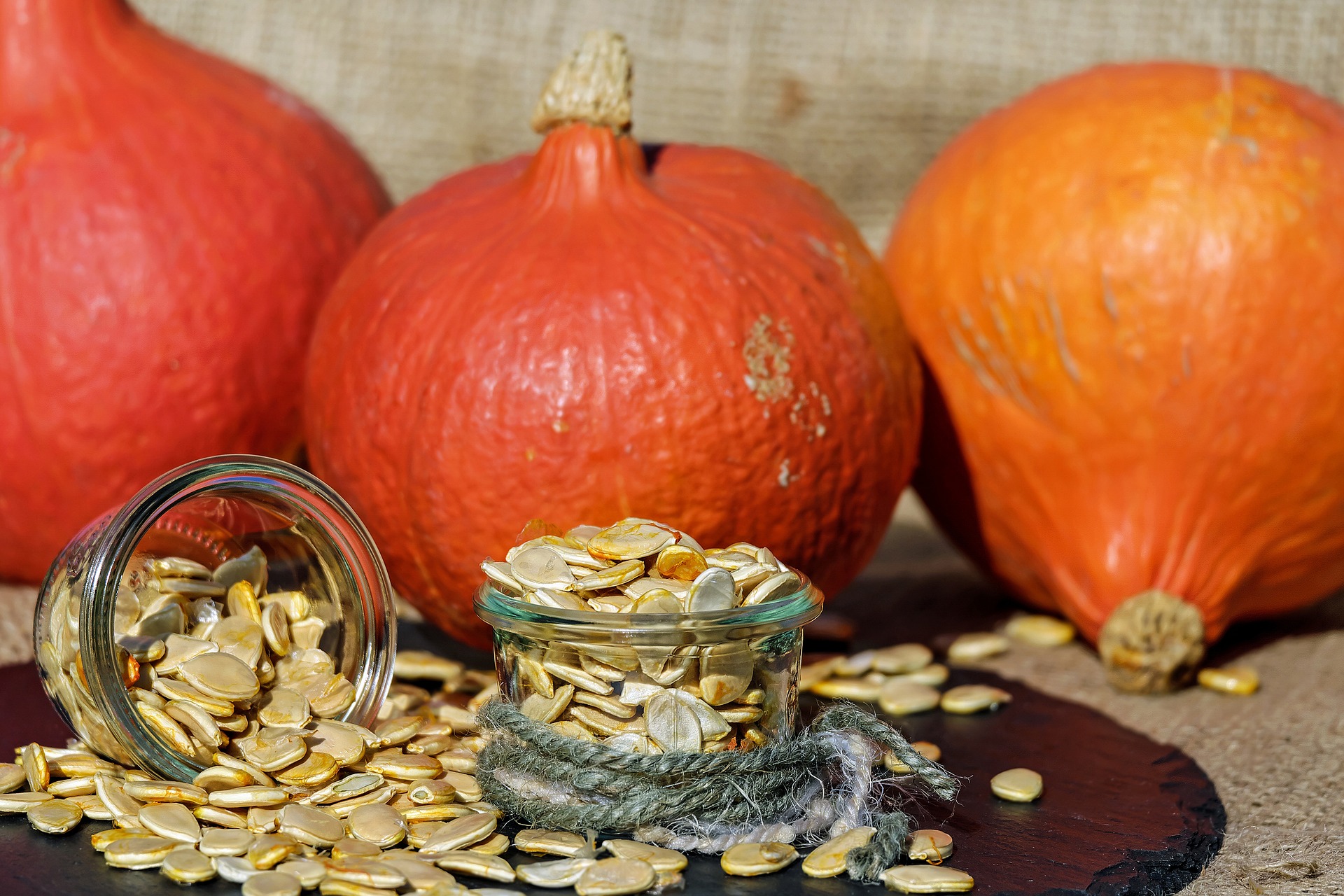Iron deficiency anemia - every fifth inhabitant of the planet suffers from it. According to statistics, you can fix things by eating foods that contain iron in large quantities.
Do
you notice that you have become more tired than usual by the end of the working
day, often feel weak, and suffer from headaches or dizziness? Get tested as
soon as possible to check your blood - it is likely that you have anemia. Do
not rest. If these symptoms do not bother you, you are not protected.
Seeds
100
g = up to 100% DV for iron
Seeds
are the most potent source of iron. One handful of sesame or raw pumpkin seeds
contains your total daily allowance or more! Therefore, it is essential to use
them in moderation; otherwise, you can get an excess instead of iron
deficiency, which is not the most pleasant purchase. Sunflower seeds also
contain a lot of iron, up to 50% of the daily value.
Nuts
100
g = up to 30% DV
Most nuts are rich in iron. In terms of the volume of its content, they are equivalent to meat. Most iron is found in pistachios, peanuts, and almonds. Slightly less in hazelnuts, cashews, and pine nuts.
Beef
100
g = about 25% of the daily value of iron
When
it comes to meat, there is an unbreakable rule: the darker it is, the more iron
it contains. Therefore, the choice falls on beef. Beef and veal liver is
especially rich in iron. Lean beef is best for fewer calories and less
saturated fat. Don't like beef and prefer poultry? Follow the rule: choose dark
chicken and turkey.
Dark
chocolate
100
g = up to 25% of the daily value of iron. Chocolate lovers can breathe a sigh
of relief - their favorite product is not only tasty but also healthy. True, we
are not talking about milk. However, about dark chocolate - in addition to
iron, you can still find up to 56% and 15% of the daily value of copper and
magnesium in it. However, its benefits are not limited to this - chocolate also
has a beneficial effect on cholesterol. It may lessen the danger of strokes and
heart attacks. Nutritionists advise getting the most out of chocolate and
consume a product with a minimum of 70 percent cocoa.
Spinach
100
g = more than 10% of the daily value for iron
Spinach
is present in almost all existing diets because it contains many vitamins,
acids, and minerals. Iron is no exception. You can add spinach to a salad or
use it as a side dish with fish or meat. If you don't like the prospect of
chewing the leaves, use them in soups, and green smoothies, put a little in
your usual sandwich. In general, use all possible camouflage methods. The
principal thing is that you have it.
Broccoli
100
g = up to 6% of the daily value of iron.
The benefits
of broccoli are very high in iron and, importantly, the presence of vitamin C
(112% of the daily value in 100 g of product), which helps the human body
absorb iron more efficiently. Broccoli, like its cruciferous counterparts -
cabbage, Brussels sprouts, and cauliflower - contains plant compounds believed
to protect against cancer, as well as substantial amounts of vitamin K and
folate.
Canned
tuna
100
g = almost 10% of the daily value of iron
Fresh
tuna can be challenging to find. Frozen or steak is usually sold in specialized
fish stores and shops. It is much easier to take canned. It is much cheaper,
and in combination with rye bread and herbs, it is no less tasty.
Turkey
100
g = up to 13% of the daily value of iron.
Yes, this bird cannot be called the record
holder for iron content, but do not rush to write it off because dark turkey
meat contains as much as 28 grams of protein per 100 g serving, as well as zinc
and selenium. It is not for nothing that turkey is often advised for dietary
nutrition - its meat helps to feel full, increases the metabolic rate, and
prevents muscle loss.









.png)